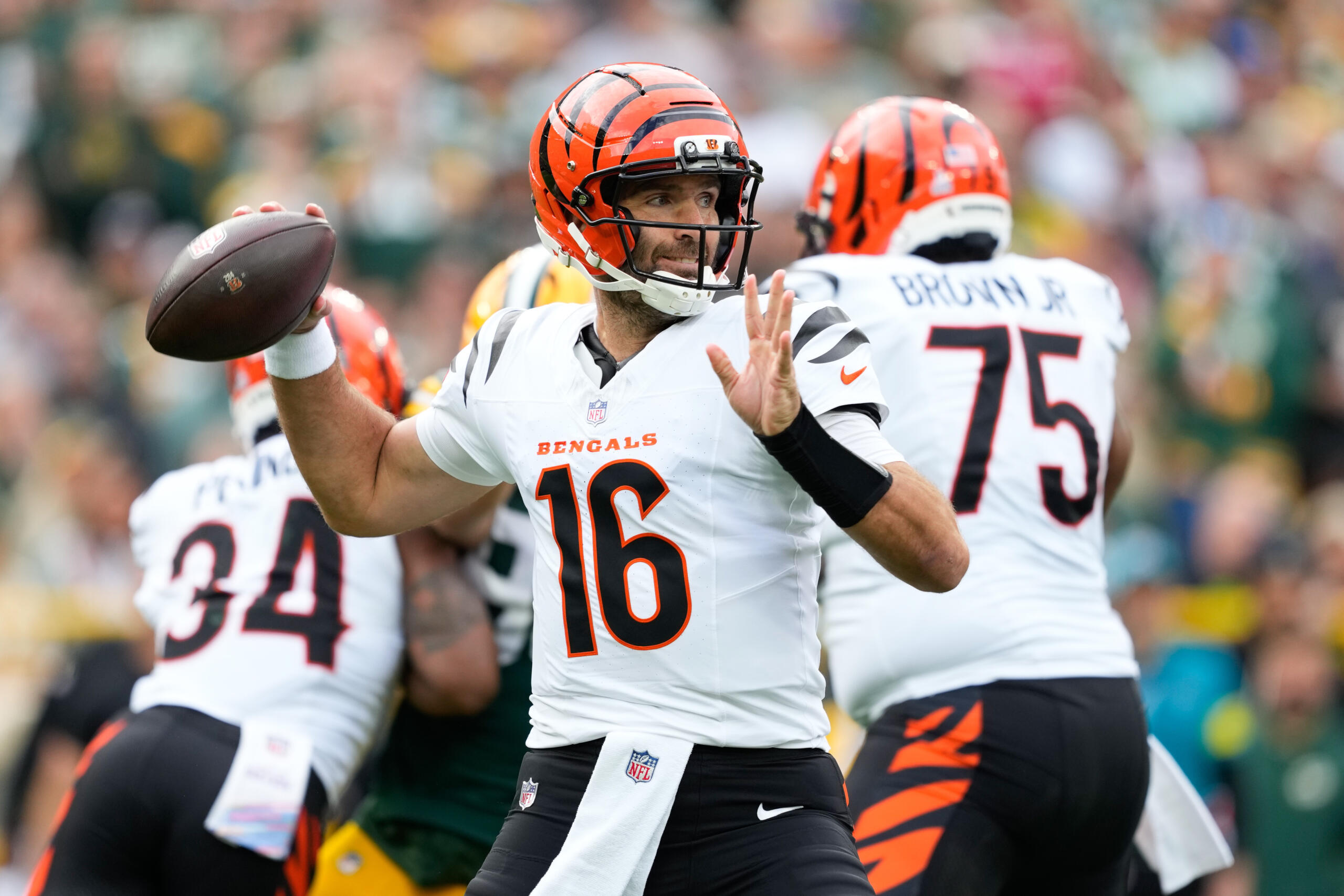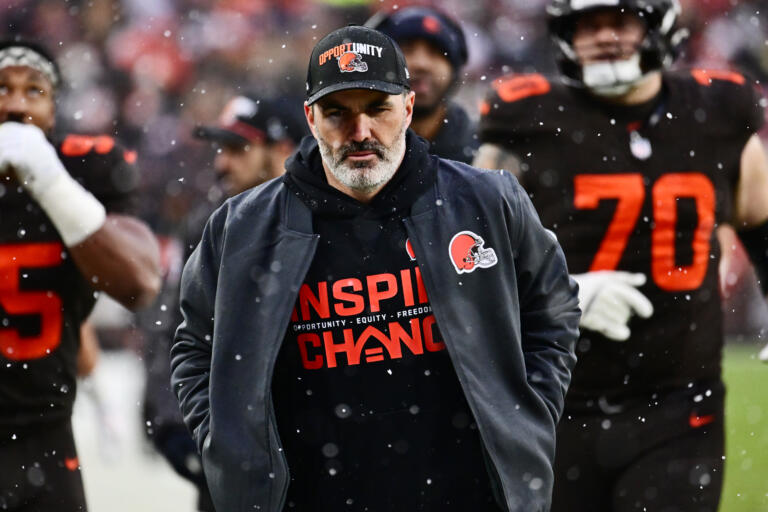Veteran quarterback steadies Cincinnati’s attack despite 27–18 loss to the Packers, giving the Bengals a reason to believe better days are ahead
The scoreboard showed another loss, but for the first time in weeks, the Cincinnati Bengals walked off the field with something to build on. Joe Flacco, making his first start for the team, gave the offense life in Sunday’s 27–18 loss to the Green Bay Packers — and maybe a little hope that the season isn’t lost just yet.
Flacco looked exactly like what he is: a 40-year-old veteran with a steady hand and nothing to prove. His stat line wasn’t gaudy — 29 completions on 45 attempts for 219 yards and two touchdowns — but the impact went beyond numbers. He brought poise to a huddle that had been grasping for answers since Joe Burrow went down with a turf toe injury.
The Bengals started slow, again. Their first half was a mess of short possessions and missed assignments, producing zero points and barely 60 yards of offense. But when Flacco took the field to start the third quarter, something shifted. He operated with rhythm, getting the ball out quickly and reading the field like a seasoned pilot guiding a turbulent plane back to level flight.
On the opening drive of the half, he engineered a 17-play, 75-yard touchdown march — Cincinnati’s longest drive of the season. The possession chewed nearly nine minutes off the clock and ended with a short touchdown pass to tight end Tanner Hudson on fourth down. The sequence wasn’t flashy, but it was textbook Flacco: calm, efficient, deliberate.
Later, he connected with Ja’Marr Chase for a 19-yard touchdown that pulled the Bengals within striking distance late in the fourth quarter. It was the kind of throw — high, precise, perfectly placed — that only comes from a quarterback who trusts his arm and his receiver. Chase looked like himself again, working the boundary and creating mismatches.
The Packers closed the game with a field goal to seal it, but for the Bengals, the bigger story was what happened in between the whistles. The offense looked organized. The tempo was consistent. The mistakes were manageable. For a team that had been lost on offense, that’s real progress.
Head coach Zac Taylor said afterward that Flacco’s command was evident from the start. You could see it in how the linemen reacted to his adjustments, how receivers leaned in during the huddle, and how the sideline responded after that first touchdown. Leadership can’t be measured in yards or points, but Cincinnati clearly felt it.
There’s a lot still to fix. The running game remains an issue — just 55 yards on the ground won’t cut it in this league — and the offensive line continues to have lapses in protection. The Bengals also can’t afford to keep spotting opponents entire halves before finding rhythm.
But there’s a difference between dysfunction and growing pains, and Sunday’s loss felt like the latter. The Bengals now have a quarterback who can manage the offense, protect the football, and make the defense respect the pass again.
Flacco doesn’t have to be Burrow. He just has to stabilize the offense, get the ball to Chase and Tee Higgins, and sustain drives. He did all three in his first start. His experience showed — he recognized coverages, moved defenders with his eyes, and hit his checkdowns without hesitation. For an offense that’s been forcing plays, that kind of decisiveness is a breath of fresh air.
The Bengals won’t get style points for finding optimism in a loss, but it’s hard to deny what Flacco brought: composure, leadership, and rhythm. Cincinnati looked like a team capable of competing again.
If the Bengals can build on that — if they can start faster, run more efficiently, and keep Flacco upright — this offense can stay functional until Burrow returns. Sunday didn’t solve everything, but it offered proof that the Bengals’ season might not be over.
Flacco’s first outing wasn’t perfect. It didn’t need to be. It just needed to show the Bengals a way forward — and for the first time in weeks, they found one.








